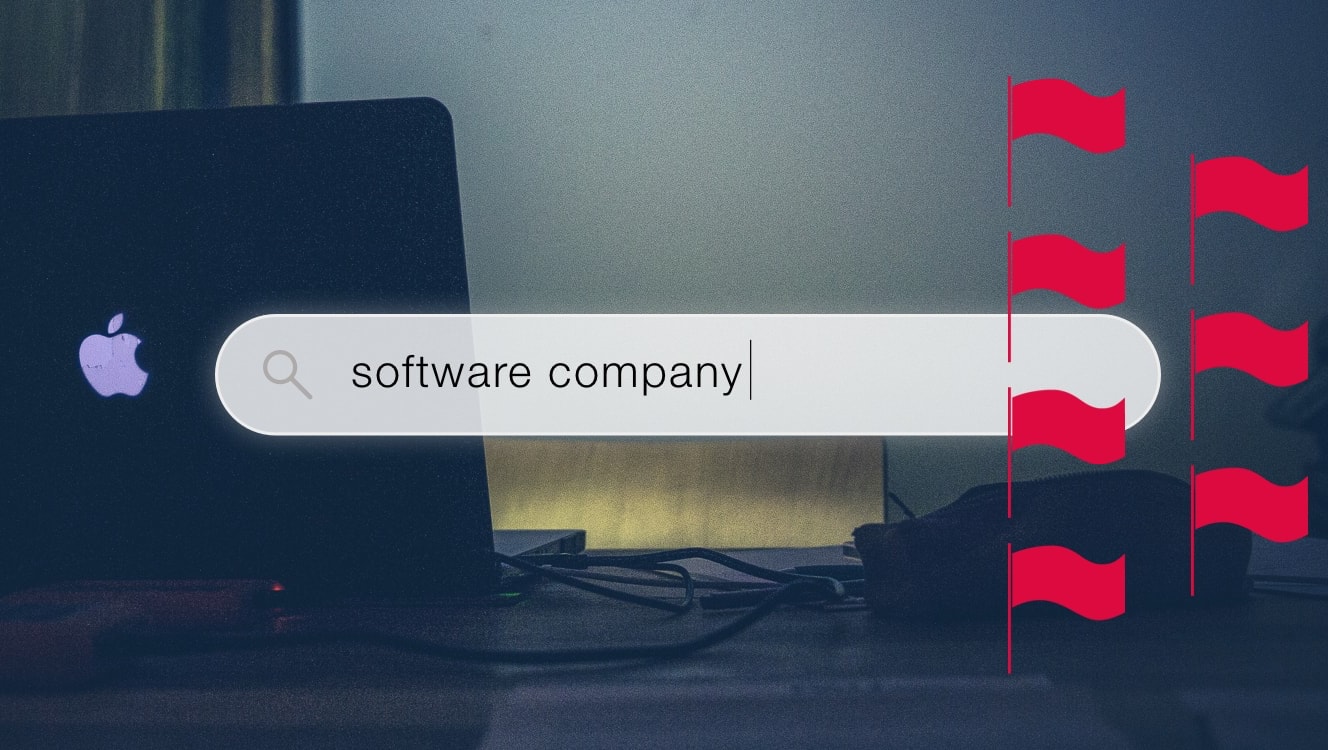7 red flags to watch out for in a potential software vendor

When a company needs to extend its IT expertise beyond its in-house capabilities, it turns to some trusted sources for recommendations on whom to hire. But the problems are that, first, you may get not enough recommendations, and second, the recommended vendors may have the wrong type of expertise, or may be unavailable, or have a similar limitation.
Plus, it is somewhat unwise to rely solely on your network’s recommendations. You may think you know the best people, but you may miss out on some great vendors that are just right for the project, but you and your network are unaware of their existence.
That’s when you might want to cast a wider net, looking for and vetting companies that you know little about. Here are some red flags to watch out for as you conduct your research.
These are subtle things
We’re not talking about companies that are “too cheap to be true” or obviously shady-looking. The vendor may look “okay.” They may have tried hard (and paid some money) to get on a few industry leaders’ lists. But there could be more subtle things about them which, at the wrong turn of events, could lead to delays or the delivery of poor-quality software.
1. Too many case studies
See how company size and age (the number of years in business) relate to the number of case studies. You’ll need to do some math here, but it’s worth it. Don’t be smitten by the dazzling variety of case studies and nice-looking stock photos in them.
When a company is only three years old and has put up a few dozen success stories on their website, they’re either big in size, or their average project is not that big or serious. Plus, it’s always a good idea to ask for references from the people quoted in relevant case studies.
2. No ‘Team/Leadership’ page
Any company is only as good as the people working in it. Of course, some companies are too big to put each and every employee on their “About” page. In which case they choose to have a “Leadership” section where visitors can learn more about the key people steering the ship.
If you don’t see any names or faces on the website, that’s clearly a red flag. Plus, it’s also a good idea to try to find the people from the “Team” or “Leadership” page on LinkedIn and see if they’re legit.
3. Excessive marketing language
“If you have to say it, it’s probably not true,” says a marketing adage. You may have come across “best-selling authors” you’ve never heard of or no-name “rock legends.” Any serious business is usually careful to avoid making unrealistic statements.
If a business is #1 in something, they should be able to prove it. If they claim to provide “world’s most advanced artificial intelligence development” services, they’d better be able to back it up.

4. Few questions asked
A good vendor will try to understand your project the best they can to determine whether it is feasible and whether their proposed solution will play nicely with the rest of your system. If the vendor is bluntly saying “yes, we can do it” even before you provide any details, it’s a red flag. It means they don’t understand your needs well enough.
5. Focusing on the requirements
When someone says they will create a software solution “according to your requirements,” ask what they mean exactly. It’s important that the vendor is willing to look at your system as a whole and is able to see what needs to be done to solve your business problem (without the need for you to frame programming tasks). If they don’t, they can build the wrong thing and argue that it meets your requirements. So it’s better to use “business problem solved” as a success metric, and not “product built to specification.”
6. Inability to present the team
If they can’t tell you who exactly will be working on your project, what qualifications these people have, etc. – this is not good. Even if they do, you can’t be completely safe from being cheated, unfortunately. Daily communication with the team will help you clear your doubts.
7. High turnover rates
Ask them about their turnover rates – that is, what percent of their staff quit each year on average. Unusually high turnover rates often cost companies a lot of money and delayed – or derailed – projects. The problem is, though, that you won’t be able to verify the turnover rates. But you can go to sites like Glassdoor to see what people are saying about the company.
In conclusion
Before you commit to a vendor, start small: sit with them through three or four sprints or commission them with a smaller piece of work to get a sense of their capabilities, communication, and processes.
See how ObjectStyle hits these marks with:
- 97.5% client retention rate*
- 5.4 years average contract duration
- Extremely detailed case studies
- Maximum integrity and transparency
- Holistic solutions that fit in your bigger system
- A portfolio of open-source projects
- Creative problem-solving
- And more!
*Based on year-to-year contract renewal rates (excludes short-term consulting)

Ready to talk? Get in touch with us today to discuss your project!
Related Blogs

Estimating a Software Project
LEARN MORE